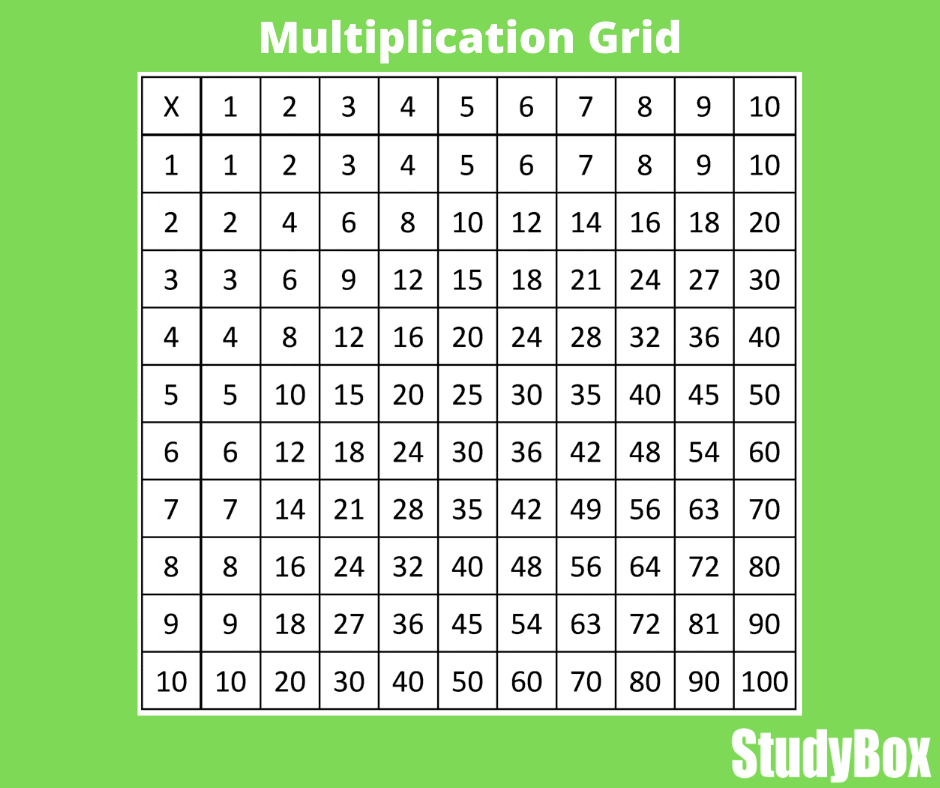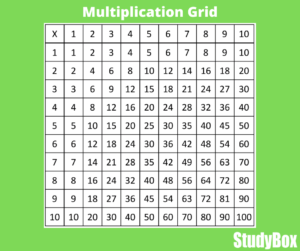Learning Times Tables

Learning times tables can be a challenge for children, as there are multiple sequences to learn, from 1 up until 12.
Children start learning times tables in Key Stage 1. Times tables are really important to learn as they are the building blocks of maths; they make division, adding and fractions easier.
Knowing your times tables will come in handy for exams, like GCSEs, SATs and 11+, especially the non-calculator exams!
Here are some ways to make learning times tables that little bit easier:
Colour coding
- Colour code each times tables to make memorising them easier. Why not try matching up the times tables in the same colours that overlap, for example, in the 2 times tables 2 x 8 = 16, in the 8 times tables 8 x 2 = 16. These can both be in red. Learning just one variation, like 3 x 4 = 12, cuts the workload in half, when the equation is flipped it’s the same outcome: 4 x 3 = 12.
Make a times tables grid
- Create a 13 x 13 grid. Put a multiplication symbol in the left corner. Then write numbers 1 to 12 in the left top and bottom columns. You can practice times tables by filling in the squares.
- Alternatively, you can print out a completed grid and display it somewhere visible.

Start off small
- Start off learning the 2 times tables and work your way up.
- This will make it easier learning the bigger ones, once a general pattern is established.
- For example, 2 x 4 = 8, and 4 x 2 = 8. The 2 times tables can be doubled in the 4 times tables.
Make flash cards
- Make times tables flash cards, which can be taken with you everywhere! You can also colour code these.
- Constant repetition and being tested on them will make it easier for the information to be absorbed.
Find what works for you
- Find a learning style that works for you. Some people learn best through constant repetition to retain information, others prefer writing down or reciting information aloud.
Find different patterns
- Try and identify patterns in each time table, to make it easier to learn. The 9 times tables follow a pattern: 9, 18, 27, 36, 45… The units decrease each time as the times tables increase.
- For the 5 times tables, you can simply half 10 times tables, for example, 10 x 4 = 40, double 4 is 8, so 5 x 8 = 40.
- The 7 times tables are the hardest as 7 is a prime number, so the times tables don’t follow a pattern. Knowing that 7 x 7 = 49 makes it simpler, as you can work your way up or down the times tables from this.

Learning times tables is a skill for life. It increases ability and confidence with maths in future, as we use times tables throughout school and into adulthood, too!
Need additional help with times tables? Sign up for a free trial with StudyBox here! Or call the centre to chat to one of our friendly tutors: 0203 189 1442
